The Gadnsk Faculty of Civil and Environmental Engineering (Poland) hosted the first PLAN-B meeting to set the scientific roadmap for the piloting activities in the city.
Review of Site Visit Objectives
The meeting started with a discussion on overall objectives for the “Wisloujscie Fortress” study site visit. The team focused on what specific aspects of light pollution (LP) and noise pollution (NP) they aim to observe and assess. This visit was crucial for understanding the immediate environmental impacts affecting the site.
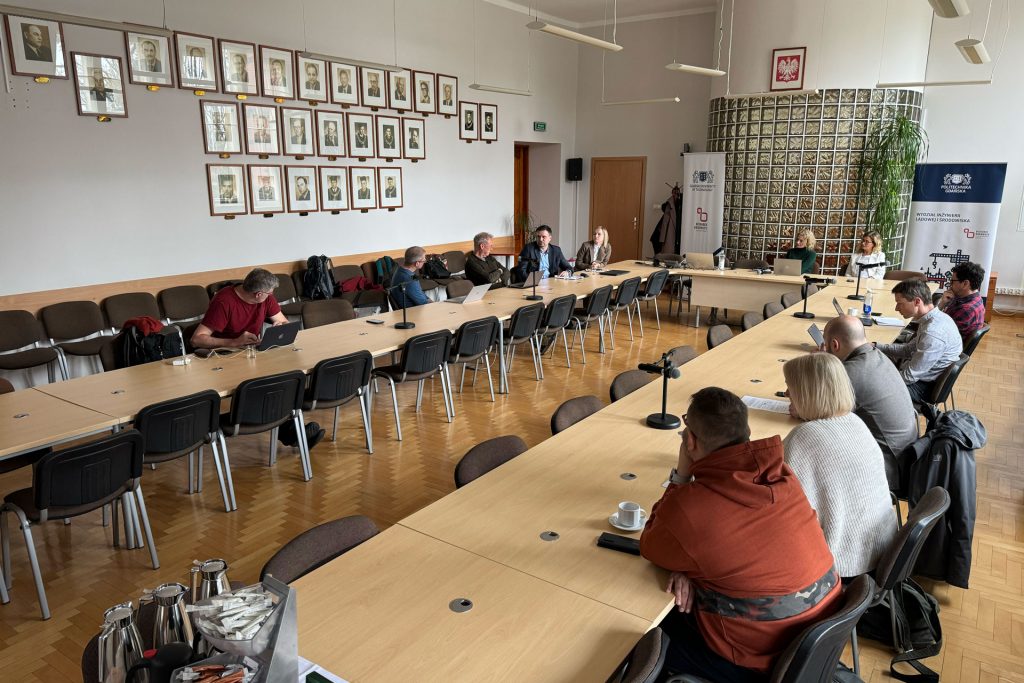
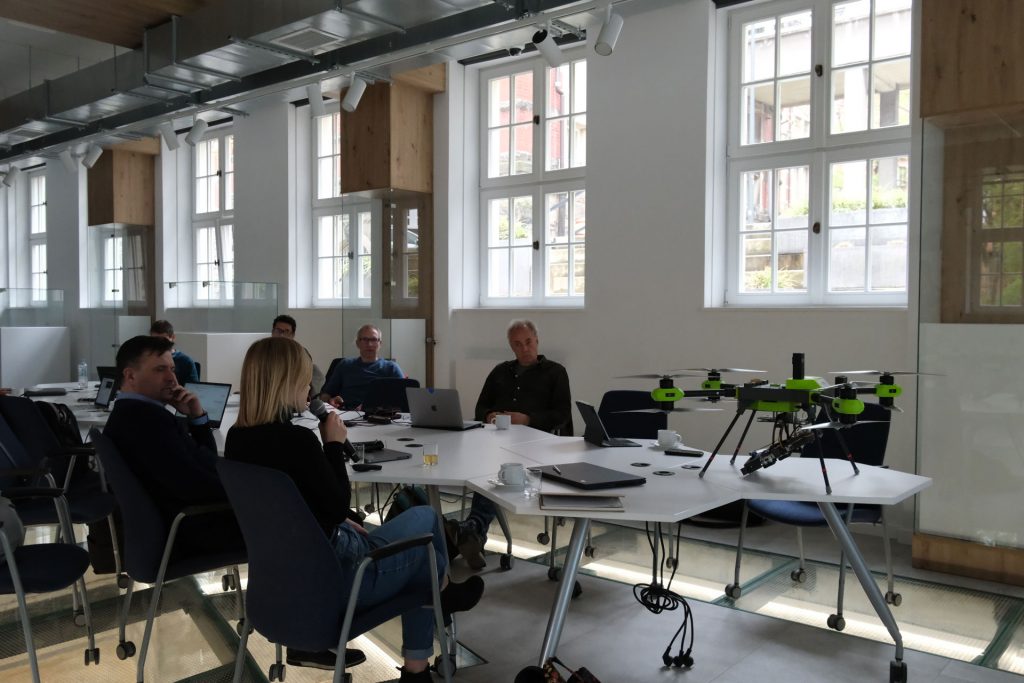
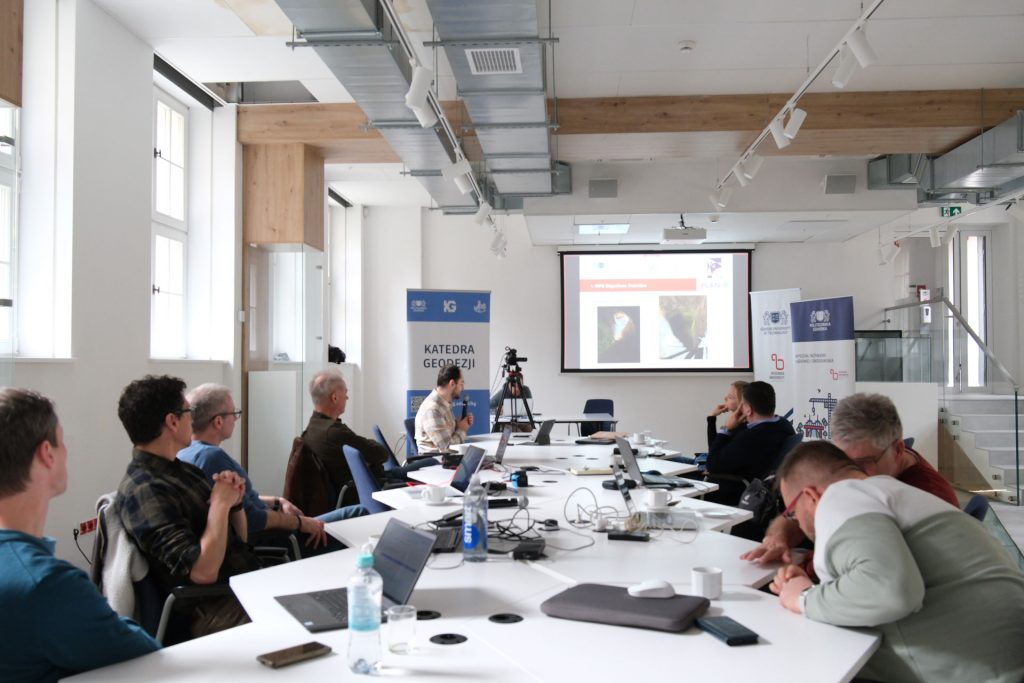
Evaluation of Current Mitigation Measures
Most of the meeting time was devoted to examining the specific measures currently being implemented to mitigate LP and NP within the project’s framework. The effectiveness of these strategies was reviewed, along with areas requiring improvement, facilitating a deeper understanding of their practical impacts on biodiversity and ecosystem services.
Addressing Project Challenges
The team outlined the current challenges faced in implementing effective pollution control strategies. Practical solutions and necessary adjustments were proposed to overcome these hurdles, ensuring the project remains on track to meet its goals.
Strategic Planning for Biodiversity Monitoring
The Gdańsk pilot study was discussed as a key component for employing the best methodologies focused on biodiversity monitoring.
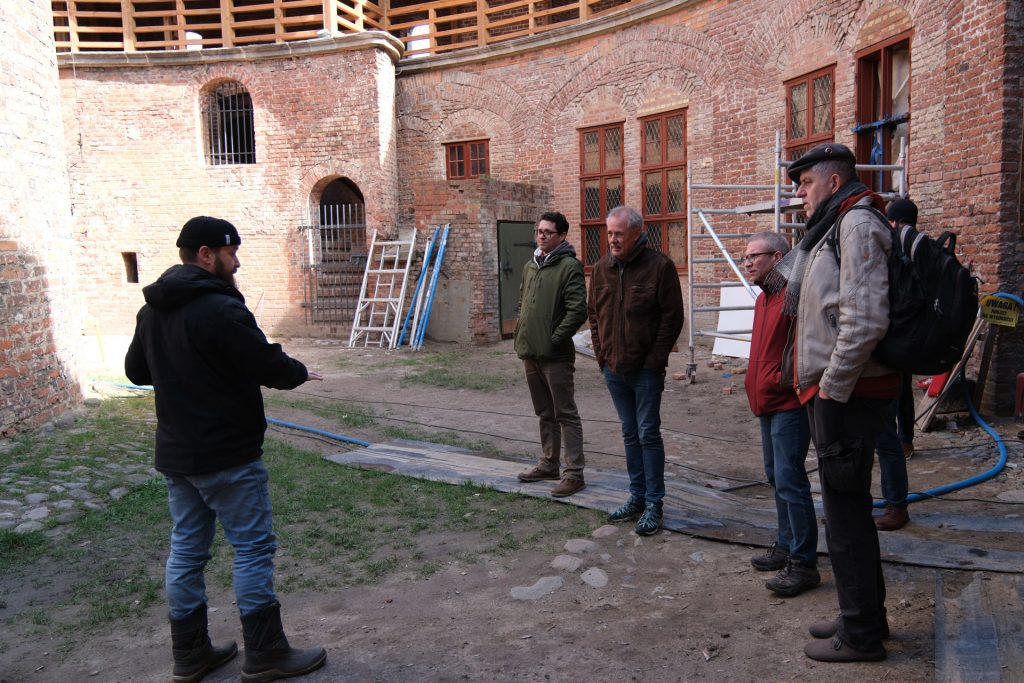
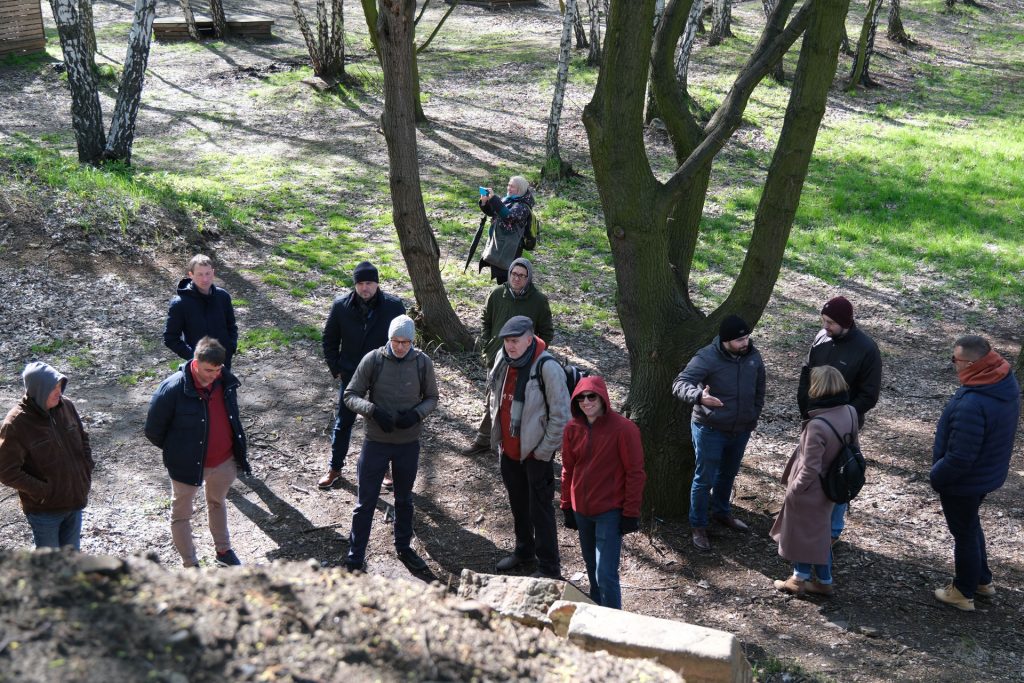
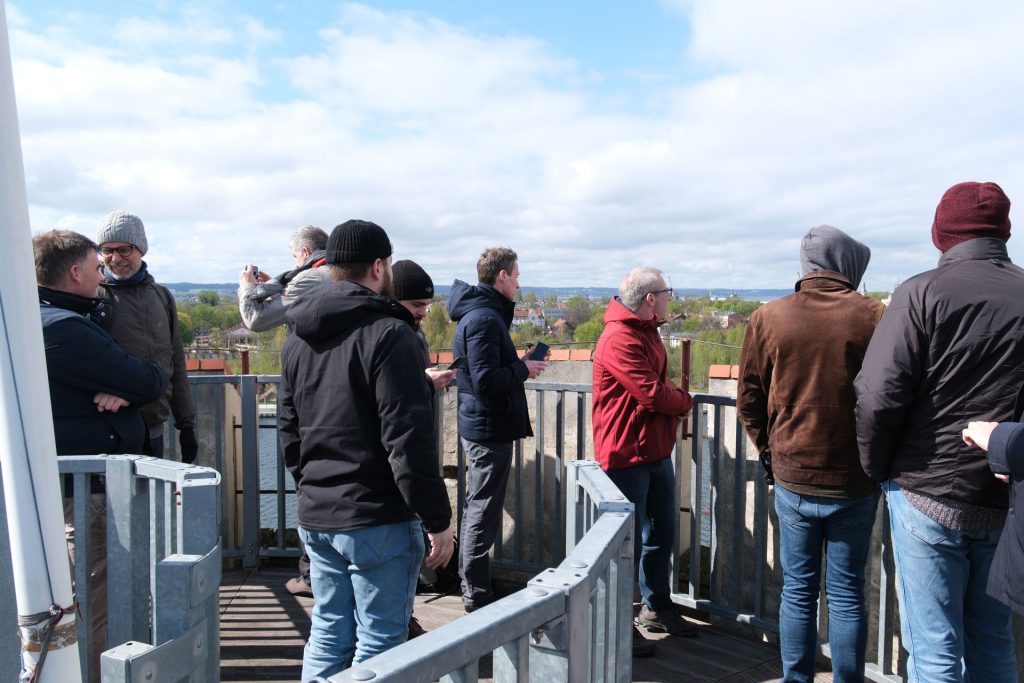
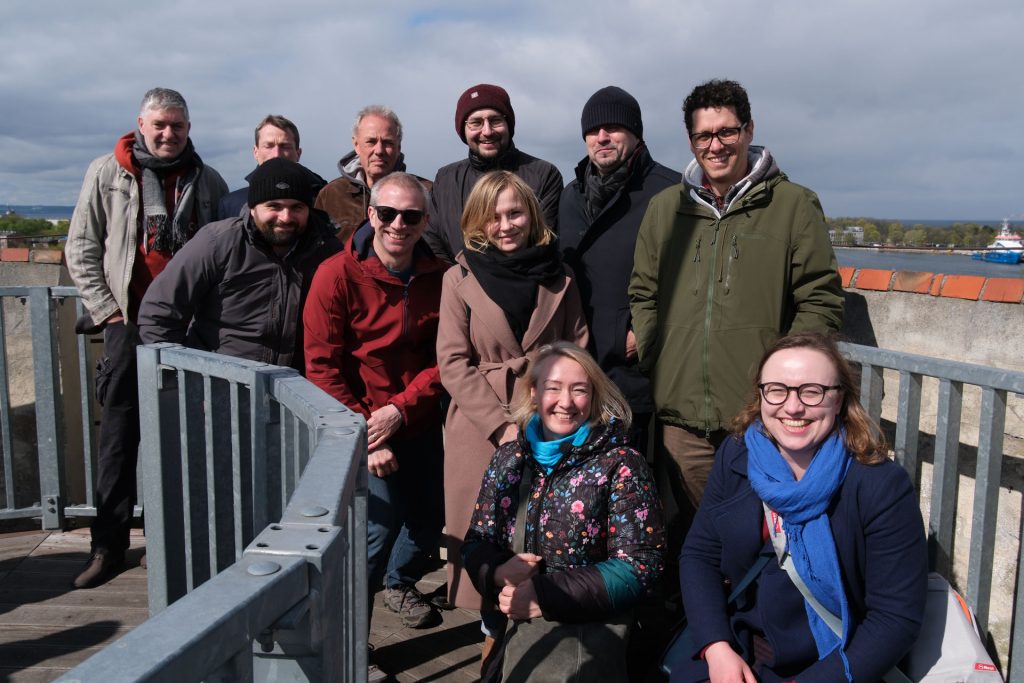
Development of Cost-Effective Solutions
A major focus was on devising and implementing low-cost, high-impact solutions that enhance biodiversity and ecosystem services. The strategies discussed are designed for scalability and can be replicated across other pilot sites, which is essential for broadening the environmental impact of the project.
Optimization of Resources and Best Practices
The meeting concluded with plans to optimize spending and the sharing of best practices across teams. The goal is to ensure that data collection and analysis methods are not only cost-effective but also effective in advancing biodiversity conservation goals and enhancing ecosystem resilience.
Main Objectives and Findings:
- The primary objectives revolve around enhancing the methodologies for monitoring and mitigating the impacts of light and noise pollution on biodiversity and ecosystem services.
- Key findings from the meeting highlight the need for more refined mitigation strategies that are both cost-effective and capable of being applied across various geographical and ecological contexts.
- The discussion underscored the importance of continuous adaptation and the need for innovative solutions to address the evolving challenges faced by different pilot sites.
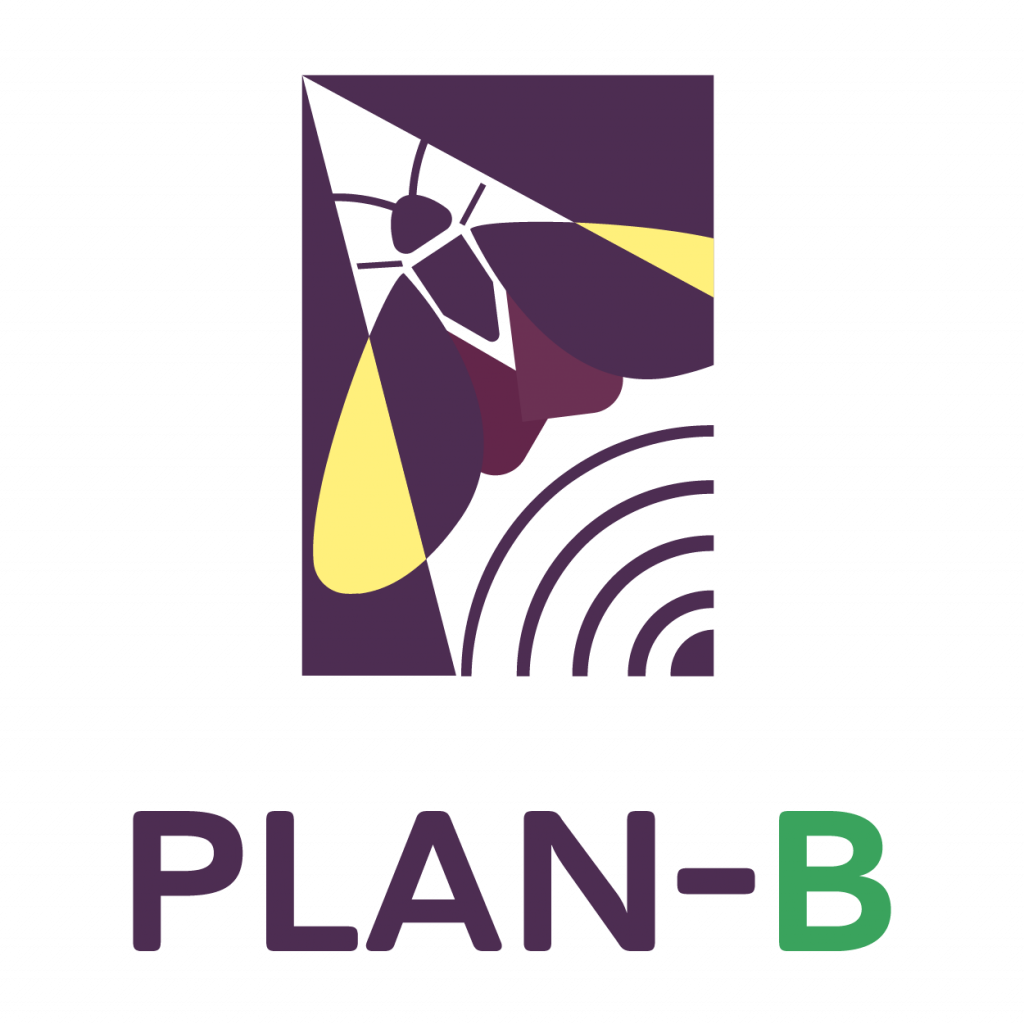
The PLAN-B Project aims to address the adverse impacts of Light and Noise pollution on terrestrial Biodiversity and ecosystems across Europe. If you or your organisation is interested in contributing to minimising the impact of these types of pollution in your immediate environment, please visit our website and contact us at planbconsortium@gmail.com to participate in our activities.

![[PLAN-B]Gdansk meeting family pic](https://plan-b-project.eu/wp-content/uploads/2024/04/PLAN-BGdansk_meeting_1-1080x675.jpg)